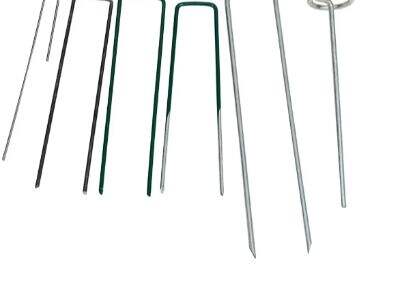Fistulatio versus Claustratio Solanorum
Fistulatio implicat alligandum solanum tuum ad stipitem, qui potest fieri ex ligno aut ferro, quod vocatur car Radiator fistula. Ita fit ut planta sit erecta et non procumbat. Claustratio vero utitur structura e filo ferreo—simili clausura—ad sustinendum solanum tuum dum crescit. Utraque via est ad iuvandam plantam, sed diversae sunt methodi operandi cum plantis.
Pros Claustrationis:
Per se, claustratio habet utilitates. Praeceptum est quod saepe solum unum necessarium est pro singulo solano. Et idcirco habet rationem directam et relativam simplicem configurationem!
Cage adiuvabit plantam crescere et fortasse non erit necessarium ut plantam ita propinque observes. Hoc modo, poteris aliquamdiu profundo suspirio frui dum expectas incrementum pomorum tuorum.
Alterum commodum claudendi hoc est: Cum claudis plantam, folia possunt obumbrare plantam. Tamen hoc adiuvat ad conservandum aculeus avis temperaturam fructus frigidam sub sole.
Incommoda Claudendi:
Sed claudere etiam suas imperfectiones habet. Hoc habet incommodum quod claudis potest uti tamquam claustra filia locus occultus pro praedatori. In cage, insecta possunt sentire se domi, et hoc non est valde bonum pro plantis tuis.
Eligens Optimum Auxilium
Discentibus rationes ac disrationes subiectionis et claudendi pomorum, tu fortasse quaeris quod modum eligere debes pro propriis plantis? Quod optimum est, id dependet a paucis rebus capitalibus.
/components/head/pics/ico-email.png)









































/components/head/pics/down.png)
/images/share.png)

/components/foot/pics/gotop-email.png)
/components/foot/pics/gotop.png)